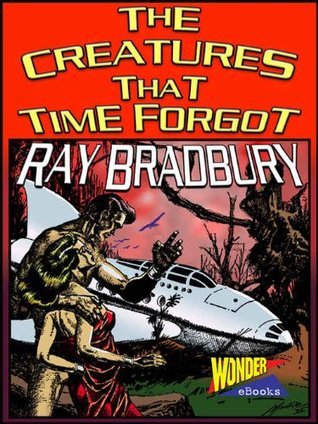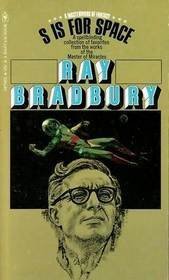
The Creatures That Time Forgot
Book Description
What if the past isn’t just a memory but a living entity, eager to reclaim its hold on the present? In "The Creatures That Time Forgot," Ray Bradbury plunges readers into a world where the echoes of ancient beings collide with modern humanity, igniting unforeseen chaos and existential dread. As unsettling encounters with monstrous remnants unfold, the boundaries of reality blur, revealing the precarious thread that binds humanity to its forgotten origins. With relationships tested and the survival of both mind and spirit hanging in the balance, will the past devour them whole, or can they escape its insatiable grasp?
Quick Book Summary
"The Creatures That Time Forgot" by Ray Bradbury is a collection of science fiction tales that explore humanity’s complex relationship with time, memory, and our evolutionary past. Through haunting stories set on alien worlds or in dystopian futures, Bradbury crafts unsettling encounters with monstrous remnants of eras gone by. These stories challenge characters to confront the living echoes of history, whether in the form of literal prehistoric beasts, psychological terrors, or the relentless forces of nature itself. As protagonists battle threats both external and existential, the narratives illustrate how civilization’s veneer is fragile, and how the primal pulse of the past always seeks to assert itself. Ultimately, Bradbury asks whether humanity can escape being consumed by what it attempts to forget, or if every act of evolution is haunted by its origins.
Summary of Key Ideas
Table of Contents
The Enduring Power of the Past
Bradbury’s stories open with humanity thrust into circumstances where the past is a tangible threat—sometimes as monstrous creatures, other times as landscapes or traditions that refuse to stay buried. On a planet caught in eternal change, colonists grapple not just with bizarre life cycles and predators, but with the inescapable influence of history and evolution. The terrain itself, constantly shifting, seems to be shaped by the memories of a world not ready to concede space to the new arrivals. These opening tales immerse readers in the tension between progress and regression, where survival means negotiating not just with the dangers of a new environment, but with the living past.
Confrontation with Primal Instincts
As characters encounter the monstrous results of the planet’s relentless cycles, they confront primal instincts within themselves. Bradbury imbues his stories with existential dread: the fear that, beneath civilization’s veneer, humanity is still governed by the raw animal impulses bred in epochs long past. Moments of intimacy, community, or invention are tainted by the shadow of ancient violence or uncertainty. In some stories, the boundaries between oppressor and prey shift without warning—raising questions about humanity’s place on the food chain and our true evolutionary inheritance.
Blurred Lines between Reality and Memory
Amid these struggles, the fabric separating memory from reality begins to dissolve. Some stories present the past as a literal force—memories that reshape the landscape, or apparitions that challenge the senses. Others delve into psychological territory, with characters questioning whether their experiences reflect objective events or the trauma of ancient fears. The pervasive blurring of lines forces both protagonists and readers to wrestle with the nature of time, and whether the past can ever truly be left behind.
Survival in Alien or Hostile Environments
Survival is a recurring motif, but Bradbury complicates the usual heroic narrative. The will to endure is often entwined with the exposure of emotional fragility: despair, nostalgia, and loss are as deadly as any creature lurking in the shadows. Characters who cling to hope do so at great personal cost, facing not only physical danger but the unraveling of their identities. Through escalating threats and dwindling resources, Bradbury reveals survival as a psychological as much as a physical battle.
Humanity’s Emotional Fragility
The collection ultimately interrogates what persistence and memory mean for the human spirit. As Bradbury’s protagonists strainedly forge ahead, they are forced to reconcile with the idea that the past is never truly vanquished. Whether through literal monsters or the haunting remnants of civilization, "The Creatures That Time Forgot" suggests that humanity’s greatest challenge—and greatest hope—lies in embracing its origins while not becoming subsumed by them.
Download This Summary
Get a free PDF of this summary instantly — no email required.





